Of all the elements that make a piece of musical theater, the orchestrations are by far the most important.
Well, I might be exaggerating on that point.
Nobody blames the orchestrations for Broadway flops like Spiderman: Turn off the Dark, for instance. However, the orchestrations for a musical can have a vital subconscious impact on how you take in the whole work.
Musical Orchestrations are a Collaborative Effort
The music you hear during a musical doesn’t magically stem from the mind of a single person. For various reasons, a team of musicians creates the musical score. One reason has to do with time—orchestrations are one of the last things that get added to a production and need to be completed in a matter of weeks. This means that the main composer will write a piano-vocal score, where the all the main melodies and harmonies of each song are worked out, but not assigned to particular instruments of the orchestra. It is the job of the orchestrator to make those assignments. It’s as if the composer draws outlines of figures and the orchestrator colors them in.
Another reason musical theater composers don’t tend to orchestrate their own scores is that these composers tend to have a particular skill set. People like Richard Rodgers, Stephen Sondheim, and Jeanine Tesori are terrific melodists, and spend their time and effort crafting memorable and expressive tunes. Rather than writing orchestrations on their own that could end up on the bland side, these composers hand off responsibilities to someone who’s good at creating rich and varied textures that can support the dramatic through-line. Some contemporary musical theater writers do orchestrate their own material (Jason Robert Brown, Tom Kitt, and Adam Guettel have all contributed orchestrations to their Tony-winning musicals), but in most of those cases, the pit orchestras are generally stripped down to a rather limited number of instruments.
What’s the Orchestrator’s Role?
When orchestrating musical theater, the orchestrator’s job is to bring the lead composer’s skeleton to life. That doesn’t just mean dressing it up in bright colors, but filling out the structure in a way that is holistic and organic. The orchestrator has to read the mind of the song in order to figure out how that skeleton wants to be dressed up.
Now that we’re clear on what an orchestrator does, we should talk about what makes a particular orchestration good.
3 Things That Make a Good Musical Orchestration
I find that effective orchestrations feature three main ingredients:
- The orchestration must feel like it’s an organic part of the song, as if the composer conceived the whole thing as a single entity. It should not feel tacked on.
- There should be a sense of counterpoint between the main melody and the accompanimental melodies. Things in the background should come to the fore to create a sense of musical drama and momentum.
- There should be variety of colorful musical textures used throughout the piece that continually refresh the ear.
If an orchestration has all these characteristics, it can really help pull the listener into the drama that the music accompanies. A well-constructed texture will perk up the listener’s ear and grab attention, while the counterpoint helps create a visceral sensation of movement and development to heighten the drama. However, if an orchestration does these two things but feels artificial, overly manipulative, and tacked on, the listener will become intuitively aware of the manipulation and the whole scene will fall flat. In an orchestration, it certainly is possible to have too much of a good thing.
Making sure an orchestral arrangement has these three characteristics is easier said than done. Even in a film with high music production values, orchestrations can be very good, or slapdash and simply okay.
To see what I mean, let’s take a listen to the orchestral arrangements of two classic Disney songs—“A Whole New World” from Aladdin*, and “Let It Go” from Frozen.
*We’re looking at the original animated film and orchestration. See the below sidebar for a quick thought on the orchestration from the recent live action version.
The Orchestrations of “A Whole New World” vs. “Let It Go”
Since you probably already know the tunes, try to focus your attention on what’s going on behind and around the vocal melody to see if all of that stuff adds up to a good orchestration.
“A Whole New World”
Question 1: Does the orchestration feel like an organic part of the song?
I’d say unequivocally yes. The first thing to notice at the beginning of the song is how it seamlessly comes out of the music from the preceding scene. The soft, spare textures there create musical tension that mimics the awkwardness of Aladdin’s and Jasmine’s interaction, a tension that is relieved when Jasmine gets on the magic carpet. In the flashy intro to the song, orchestrator Danny Troob introduces all the different textures that he will bring back at different points in the song—soaring strings, athletic woodwind runs, and regal horn chords. By doing this, Troob motivates every gesture that he uses in the arrangement, growing them all from a common textural seed.
*Sidebar* This element of the new live-action orchestration is deeply problematic. The arrangement features Arabic hand percussion that is literally tacked-on (clearly overdubbed) to a heavy contemporary pop arrangement. If Disney wanted to make the music of Aladdin more reflective of its setting, then they should have hired Arabic musicians to more radically reimagine the songs in a different style from the ground up, rather than adding little ornaments. The use of overdubbed Arabic percussion is superficial and tokenistic, illustrating the essential exoticism at the heart of the movie.
Question 2: Does the orchestration have a sense of counterpoint between the main melody and the accompaniment?
Another unequivocal yes. What smart orchestrators like Troob know is that when you have a solo voice to bring out, it’s important to give it space, and not clutter it with instruments playing in the same range. So when Aladdin begins singing in a range around the middle of the piano, Troob accompanies him with strings and woodwinds a few octaves higher. Because of the space between voice and accompaniment, Troob is able to write lots of little melodies for the flutes, oboes, and violins that pop in and out of the nooks and crannies of the main tune without having them get in the way of understanding the words. These melodies help propel the song through its different scenes and capture the excitement of flying.
Question 3: Does it use a variety of textures to refresh the ear?
Yes again, but this is a little harder to hear than the first two characteristics. Certainly Troob uses a lot of high strings and woodwinds throughout, but he does make additions to his palette to give certain sections a different weight and affect. At the beginning of the second verse (when they’re flying with the birds), Troob adds glittering glockenspiel to take the color saturation point up to 11. Next, Troob accompanies the lyric “soaring, tumbling, freewheeling” with a flute and violin line that does just that. In the ensuing chorus, Troob brings back the regal horns from the song’s intro to give it more weight and breadth. Even though Troob does rely heavily on high violins and woodwinds throughout the song, he tweaks the instrumental colors just enough from section to section to prevent the texture from getting stale.
Now onto “Let It Go.” You might have an idea of where this is headed.
“Let It Go”
Question 1: The Organic Factor
This is probably the most problematic part of the orchestration for me, but I’ll say that it’s not completely orchestrator Dave Metzger’s fault. From the very beginning, it’s very clear that the song is some kind of ‘80s-style power ballad—you have the moody piano riff, the broad 138 bpm tempo. The song seems to cry out for some Mark Knopfler guitar and bright FM synth patches.
Instead, we are greeted with a high string pad and some barely-audible glockenspiel notes. Over the course of the song, more and more orchestral instruments are added, but they never feel comfortable or have musical motivation to be there. When Queen Elsa magically builds her ice castle, we are blindsided by a curious bridge led by the French Horns and featuring clunky marimba filigree in the cracks. It’s an instrumental combination that sounds cool in the abstract, but again doesn’t fit with the affect and aesthetic of the song. In the end, the arrangement feels tacked on, like asking Cyndi Lauper to wear the Good Witch Glenda’s dress from The Wizard of Oz—the song doesn’t wear the arrangement well.
But to reiterate, these problems aren’t just the orchestrator’s fault. Metzger has the unenviable task of taking a stylistically-schizophrenic set of songs by Robert Lopez and Kristen Anderson Lopez and unifying them with a single orchestral sound. While songs like “Do You Want to Build a Snowman?” and “The First Time in Forever” are classic musical theater numbers that take to an orchestral arrangement nicely, the others feature styles as wildly divergent as pseudo-Latin jazz (“He’s a bit of a Fixer-Upper”), old-time soft-shoe (“In Summer”), and bubblegum pop (“Love is an Open Door”). While having such diverse styles works in a broad comedic musical, it doesn’t work as well in a piece with a strong, central drama like Frozen. In order to create a sense of musical unity throughout the movie, Metzger had to make orchestrational compromises and force certain songs into a sonic box that they weren’t meant for.
Question 2: Counterpoint
While Metzger does pepper “Let It Go” with plenty of little countermelodies in various instruments, the melodies themselves are more square than those in “A Whole New World” and tend to occur in predictable points at the ends of phrases. Unlike in “A Whole New World,” the countermelodies tend to act as filigree and ornamentation rather than pushing the song forward from section to section. In “Let It Go,” the energy comes from Idina Menzel’s belting and the insistent drum groove, not counterpoint. In the end, the song can feel oddly cold and static, something that overwhelms the listener with sheer force of will rather than getting them caught up in the character’s feelings and dramatic situation.
Question 3: Textural Variety
There is certainly plenty of textural variety throughout “Let It Go,” but it’s even less apparent than it is in “A Whole New World.” While Metzger uses a wider variety of instrumental combinations than Troob does, these shifts don’t refresh the ear in the way that we would expect. Much of this problem is due to how the song is recorded and mixed, something that’s usually out of the orchestrator’s control. In “A Whole New World,” the voices are mixed in a way that they sound like they’re in the same room as the orchestra (though they’re actually recorded in isolation booths). While the voices don’t pop out of the speakers in an aggressive way to grab your attention, they feel very connected to the music around them, which in the end makes them feel more powerful and affecting.
In “Let It Go,” Idina Menzel’s voice is mixed very high in the mix and with very little reverb. The orchestra on the other hand, feels artificially quiet, and has a very different resonance, making it clear that it’s completely separated from the voice. This mixing compresses the sound of the orchestra in such a way that even when it changes significantly, the overall sound of the song remains very much the same. Throughout, the listener is pummeled by the drums, piano, and Menzel’s voice, which tires the ears by the end of it.
So now that we know what’s wrong with the orchestration of “Let It Go,” what could be done to fix it? Well, firstly, a different mixing job that boosts the orchestra and makes Idina Menzel’s voice feel less harsh and detached would help a lot. But in terms of improving the actual orchestration, I see a couple of options. The first would be to treat the song like the ‘80s power ballad it wants to be and just replace all the live instruments with guitars and synthesizers. That would solve the lack of organic feel issue, but could feel really disconcerting in the context of the movie.
Instead, a better approach would be to use orchestral instruments in a way that give them the color of electric guitars and synthesizers. In David Metzger’s “Let It Go” arrangement, he generally has instruments of same family play together (violins play with violas, flutes with oboes), rather than mixing unlike instruments together. While doing this helps with achieving a clarity in orchestration, it limits the kinds of textures one can make. When an orchestrator mixes unlike instruments together, especially winds and brass, the ensuing textures are complex and pungent, and can sound downright electronic in the right context.
Let’s listen to an arrangement of Kurt Weil song “My Ship” by the big band composer/arranger Gil Evans. Evans was a master of creating rich, blended textures, exponentially increasing the expressive possibilities for the jazz big band.
Nowadays, composers and arrangers are using Evans-style harmonies to make acoustic instruments have the complexity and affect of a synthesized sound. Take a listen to “The Neighborhood” by the composer Darcy James Argue. The piece is inspired by the song “All My Friends” by the electronic dance band LCD Soundsystem. Listen closely to how Argue blends instruments in surprising ways and captures the feeling of LCD Soundsystem’s music without synthesizers.
Using these Gil Evans-inspired textures as a starting-off point, one could make an arrangement of “Let It Go” that unites it texturally to the rest of the score, but also develops organically from the character of the song itself.
So we somehow got from talking about what orchestration is to how Gil Evans is awesome. I guess that means I should recap everything we’ve talked about.
- The role of the orchestrator a musical is under-appreciated. Their job is to take the skeletal songs from the composer and flesh them out.
- There are three keys to a good orchestration: it sounds organic and of a piece with the song itself, it features strong counterpoint between the main melody and accompaniment, and it uses a variety of textures to refresh the ear.
- “A Whole New World”: good orchestration. “Let It Go”: not so good orchestration.
- The problems that “Let It Go” presents to an orchestrator can be handled by creating novel textures that mix instruments from unlike instrument families.
So that’s a crash course in orchestration appreciation. While I don’t expect anyone watching a musical to focus on the orchestrations (and you probably shouldn’t, less you miss other great elements), they do play a surprising role in how we can get caught up in the work. Orchestrations are that extra little bit of pixie dust that can make a musical really take flight.

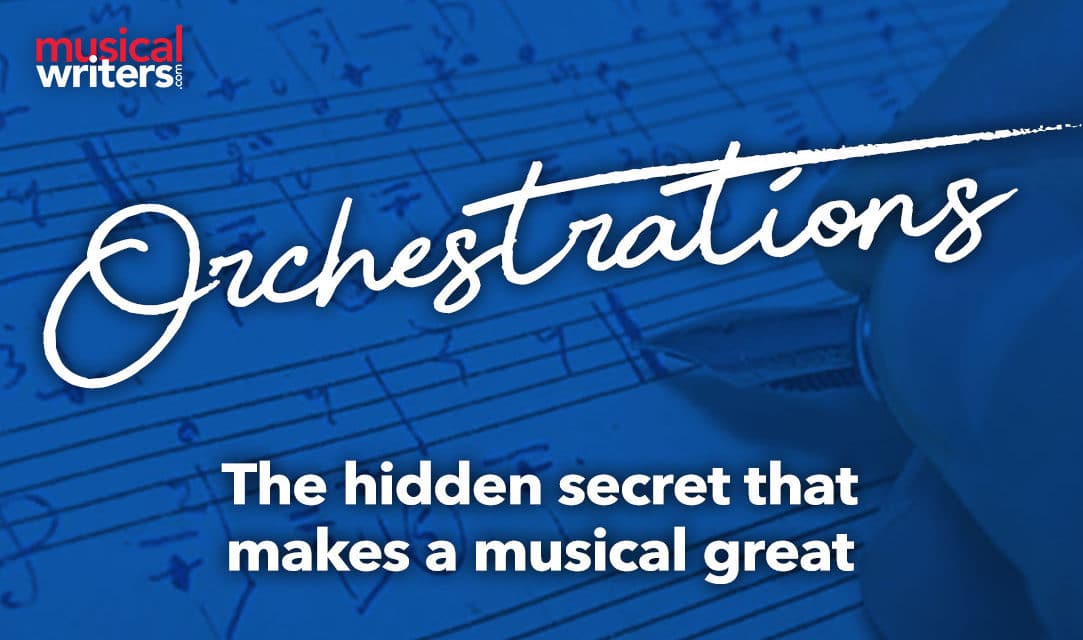
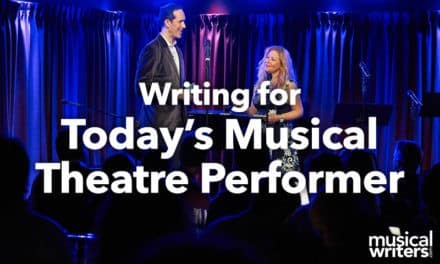
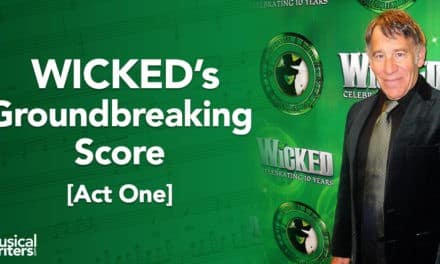
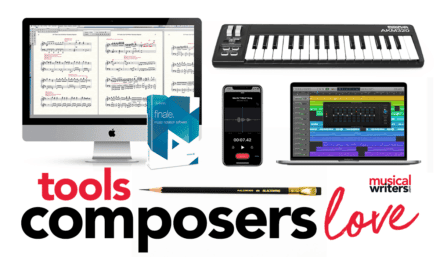
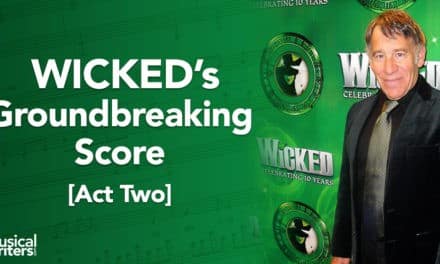








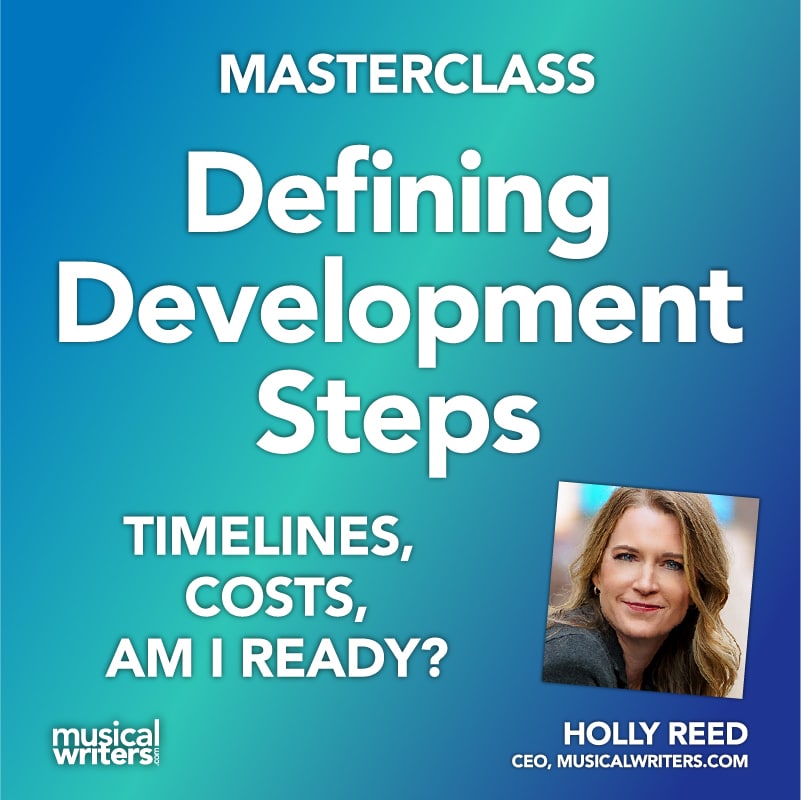
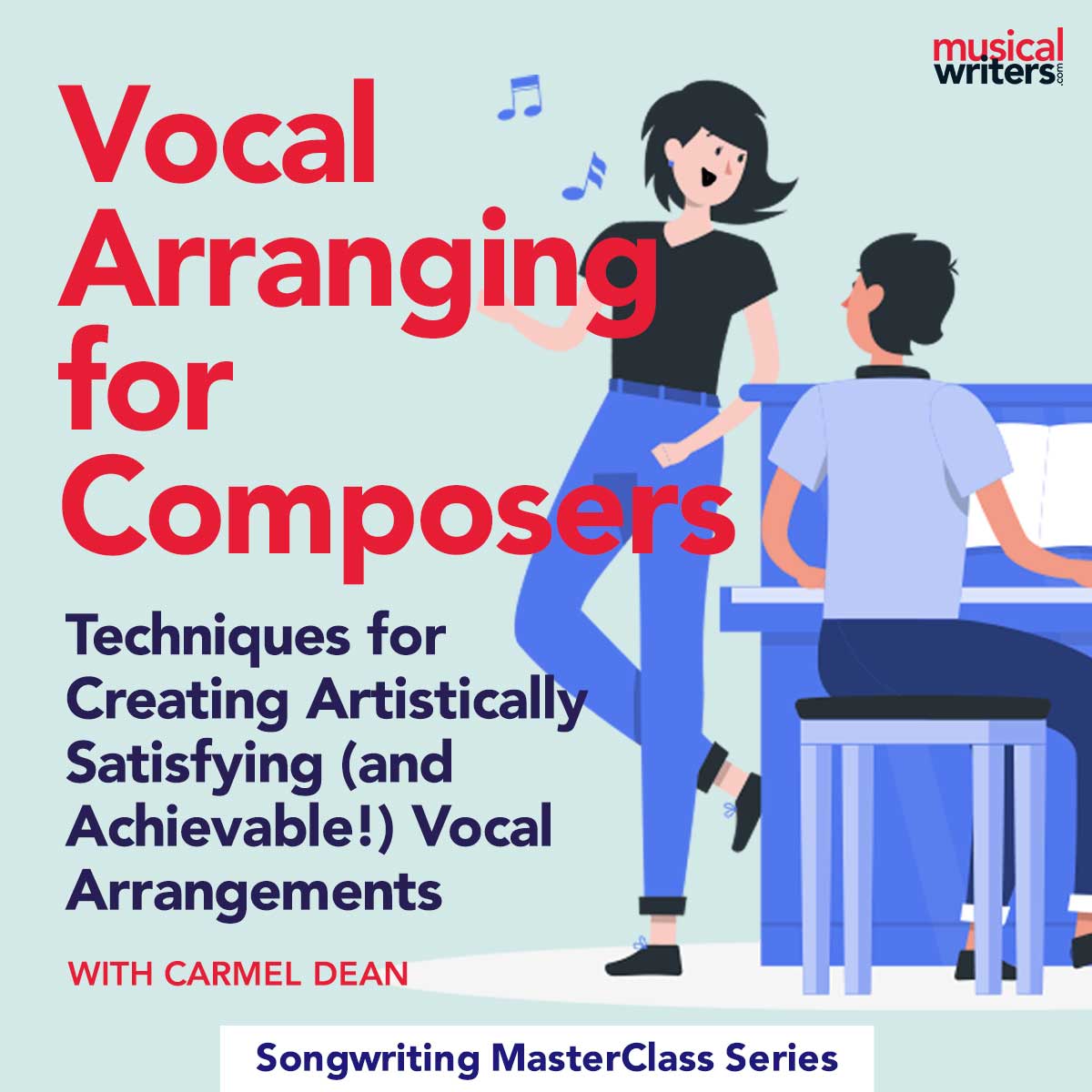
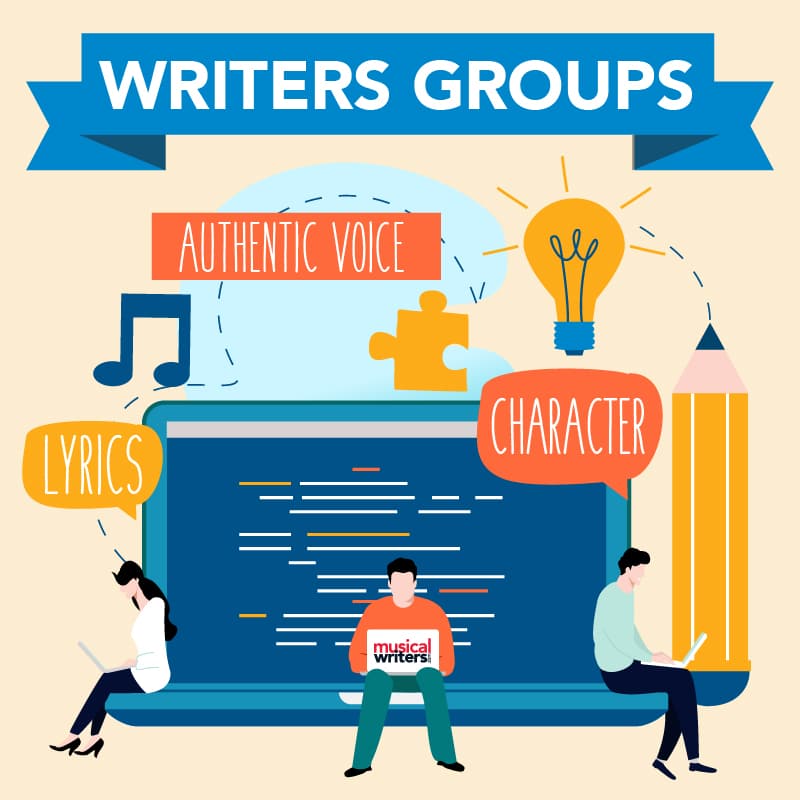
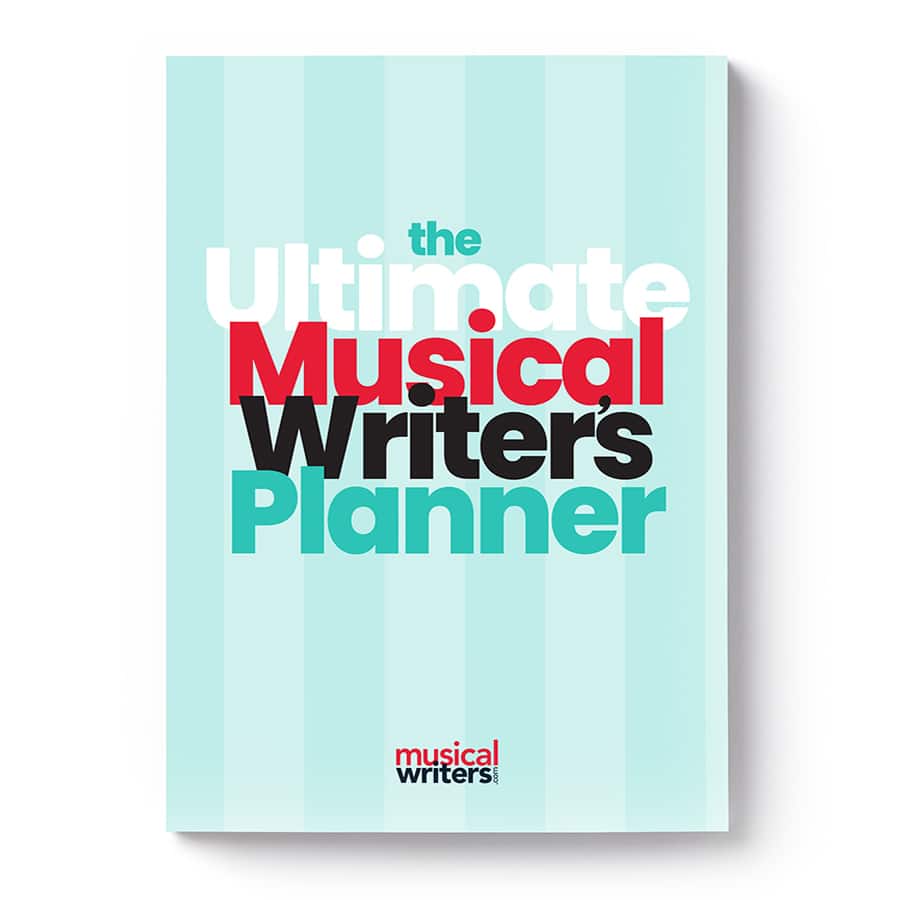

Great article. I work, and have for many years as an Arranger-Orchestrator LA/now more in Nashville. Currently hired to arr-Orch large theatrical project. Appreciate much that you wrote.
I really appreciate your discussions here comparing Disney’s Frozen and Aladdin songs. I would in future be putting similar discussions in my orchestration classes, after reading your article.
Like you, at first hearing songs from Frozen I completely realised its style is significantly different from the traditional Disney musicals we have been having before Frozen. The album of Frozen is highly pop-influenced (or rather deriving popular music). Disney’s Aladdin from the 90’s still had its traditional and familiar orchestral/musical melodic structures, phrasing, inflections and styles. Therefore, I feel it is slightly unfair to evaluate Let it Go’s orchestration as ineffective as I feel the songwriters in Frozen have begun to change the style of typical Disney movie songs and thus as a result the orchestrator has in return used a different method and approach to support the change into pop-derived songs by including and bringing forward a rather prominent rhythm section into the orchestra/orchestration. Overall, Let it Go’s orchestration still has multiple layers, counterpoint activity and contrasting ranges of depth, so, for me it still works wonderfully!Even though the blend might not be the same as A Whole New World, but Let It Go’s orchestration is a totally different approach n context.
Thank you for your constructive views!